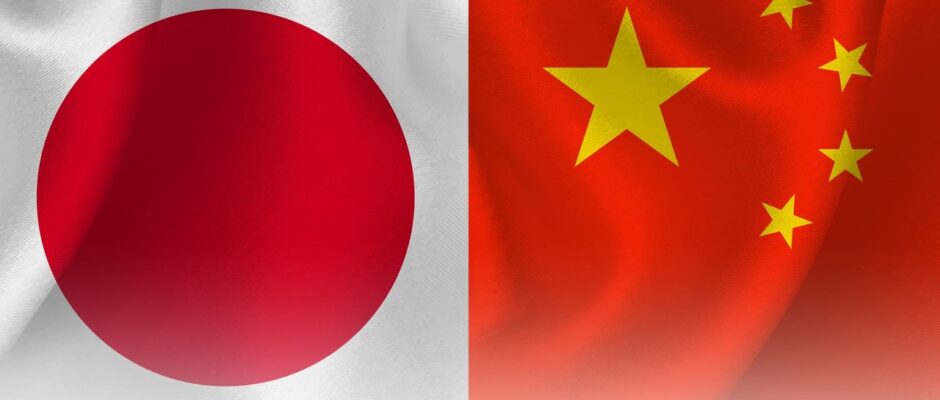China to Lift Ban on Japanese Seafood, Ending Two-Year Impasse
China has agreed to resume importing seafood from Japan, lifting a ban that has been in place for nearly two years following the release of treated wastewater from the Fukushima Daiichi nuclear power plant. The breakthrough was announced by Japanese officials after diplomatic discussions were held in Beijing. The agreement hinges on a set of stringent conditions designed to ensure the safety of the products. A key component of the deal is China’s participation in the International Atomic Energy Agency’s (IAEA) water sampling missions at the site. Furthermore, Japan must register all its fishery processing facilities with Chinese authorities. Before export, all seafood products will be required to undergo rigorous inspection and certification to confirm they are free from radioactive substances like caesium-137. China, Japan’s largest seafood market, imposed the sweeping ban in August 2023 when Japan began the controlled release of treated water from the Fukushima plant, which was damaged in the 2011 earthquake and tsunami. Beijing cited risks to food safety and public health, despite Japan’s insistence that the discharge process was safe and met international standards, a position supported by IAEA monitoring. While a specific timeline for the resumption of trade has not been detailed, Japanese Agriculture Minister Shinjiro Koizumi stated that exports will begin once Beijing completes the “necessary procedures.” It is expected that China will soon make an official announcement, likely starting with the resumption of imports from regions outside of Fukushima.



